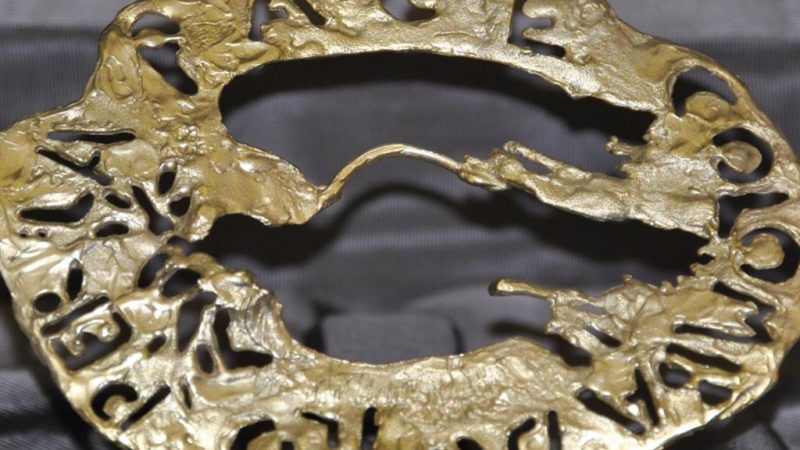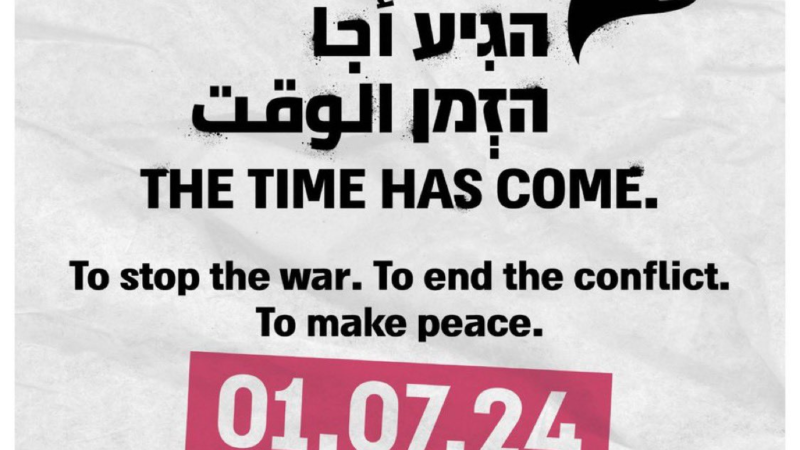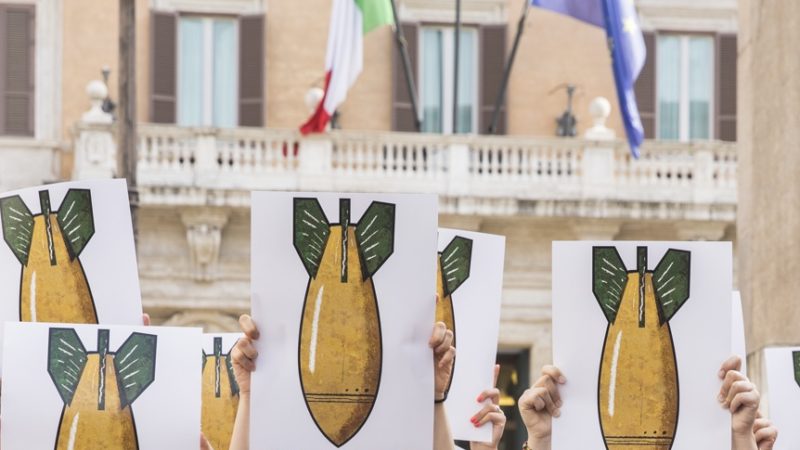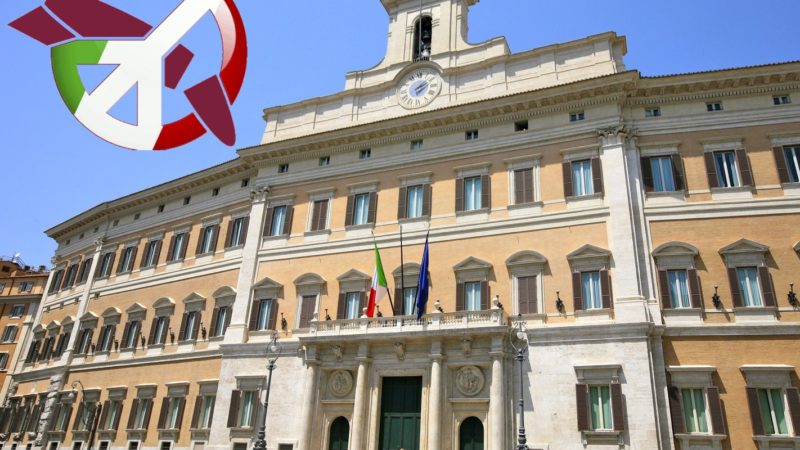Italian arms exports: almost 4 billion authorised in 2020, Egypt the leading buyer
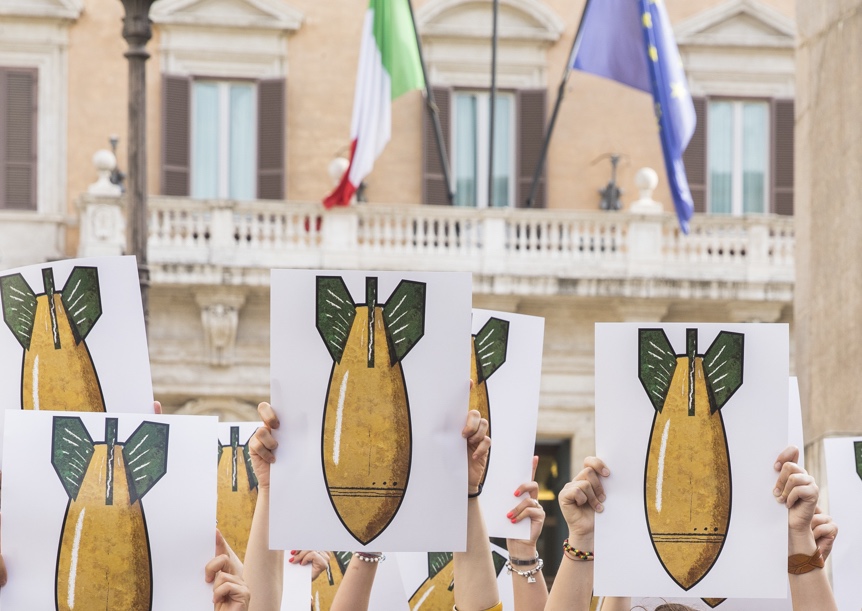
The majority of Italian arms destined for non-EU and non-NATO countries: Qatar, Turkmenistan and Saudi Arabia are also among the top ten purchasers
As it was possible to guess from the news in recent months, and as the Italian Network for Peace and Disarmament had repeatedly anticipated underlining the problematic nature of the situation, for the second year in a row Egypt is the main buyer of weapons systems exported by Italian military companies. Armed business with the authoritarian al-Sisi government therefore remains flourishing, despite the serious violations of human rights and non-cooperation in the Regeni and Zaki cases.
In the past few hours, the government’s annual Report on arms exports, required by Law 185/90 regulating the foreign sale of Italian military systems, has been submitted to Parliament. While waiting for the final document, the Italian Peace and Disarmament Network is able to publish some summary data, which are nevertheless relevant to begin an assessment of the trend.
During 2020, the total amount of new authorisations issued for the export of military equipment reached €3,927 million in countervalue, a sharp drop (-25%) compared to the total for 2019 (which was also in line with the previous year). However, it should be remembered that 2020 was the “year of the pandemic”, with a very strong impact on the country’s economy, which, however, does not seem to have overwhelmed the military sector. The volume of military exports is therefore gradually decreasing after the peaks of authorisations that began in 2015 (8.2 billion in that year and then 14.9 billion in 2016 and 10.3 in 2017). However, this is an overall level one billion euros higher than the 2014 values, so that the analysis already made in the past can be confirmed: the record exports of the three-year period 2015-2017 dragged orders for the Italian military industry to an average level higher than at the beginning of the century. The real export figure is definitely on the rise (as already hypothesised by our Network in the past, as a consequence of the high level of licences granted in the past years): the Customs Agency in fact records annual advances of final deliveries for a total of 3,393 million Euros (2,696 million for single licences and 696 million for global project licences) with an increase of 17% compared to the previous year.
The authorisations for new licences are the salient political data with respect to the decisions taken by the Government in office (in this case, for 2020, the Conte II Government) and should be analysed in this sense. Egypt is confirmed as the country receiving the largest number of licences, increasing its share to 991,2 million (+120 million) thanks to the licence for the sale of the two FREMM Frigates. In second place is the United States with 456,4 million (+150 million) followed by the United Kingdom with 352 million (down 67). After the mega-licenses of 2017 and 2018, Qatar also returns among the top Italian arms destinations, with a countervalue of 212 million euros (+195 million compared to the previous year), followed by Germany (with 197.6 million, slightly down) and the surprising Romania with 169.6 million euros (in 2019 it was less than 1 million in licences at 54th place among destinations). Completing the list of top ten countries are France (154.5 million, down 120), Turkmenistan (down from second place in 2019 but still holding 149.5 million euros in licences despite dropping by almost 300 million), Saudi Arabia (an impressive 144.4 million euros in licences despite the block on missiles and aerial bombs) and South Korea (134.8 million, down about 30).
The United Arab Emirates (€117.6 million, up by 28) and Spain (€108.7 million, up by 43) were also above the €100 million mark.
Among the top 10 destinations of Italian arms export authorisations in 2020 we therefore find 5 NATO countries (3 of which also in the EU), 1 North African and 4 Asian countries. Overall, 56.1% (2,204 million) of export licences are issued to countries outside the EU and NATO, an element that has always been highlighted as problematic by our Network because Italian law states that Italian arms exports “must comply with Italy’s foreign and defence policy, which repudiates war as a means of resolving international disputes” (art. 1).
This situation is now structural and not episodic: for the fifth year running, since the Renzi government in 2016, non-NATO-EU countries have been the main recipients of Italian military systems. But even more worrying is the fact that, for the fifth year running, the majority of Italian armaments and military systems are destined for the world’s most tense areas: North Africa and the Middle East.
This preliminary data confirms that Italian military production is not geared to the defence and security of Italy and the European Union, but is increasingly geared to the profit motive of arms manufacturers, especially state-controlled companies. These are the reasons that lead us to ask the Government Report on Law 185/90 to be examined and discussed as soon as possible by the competent Parliamentary Committees, which, after the appropriate debate and possible hearings in which we are willing to participate, will also vote on a document that clarifies the policy line that governs the export of Italian military systems. Everyone has to take responsibility.

